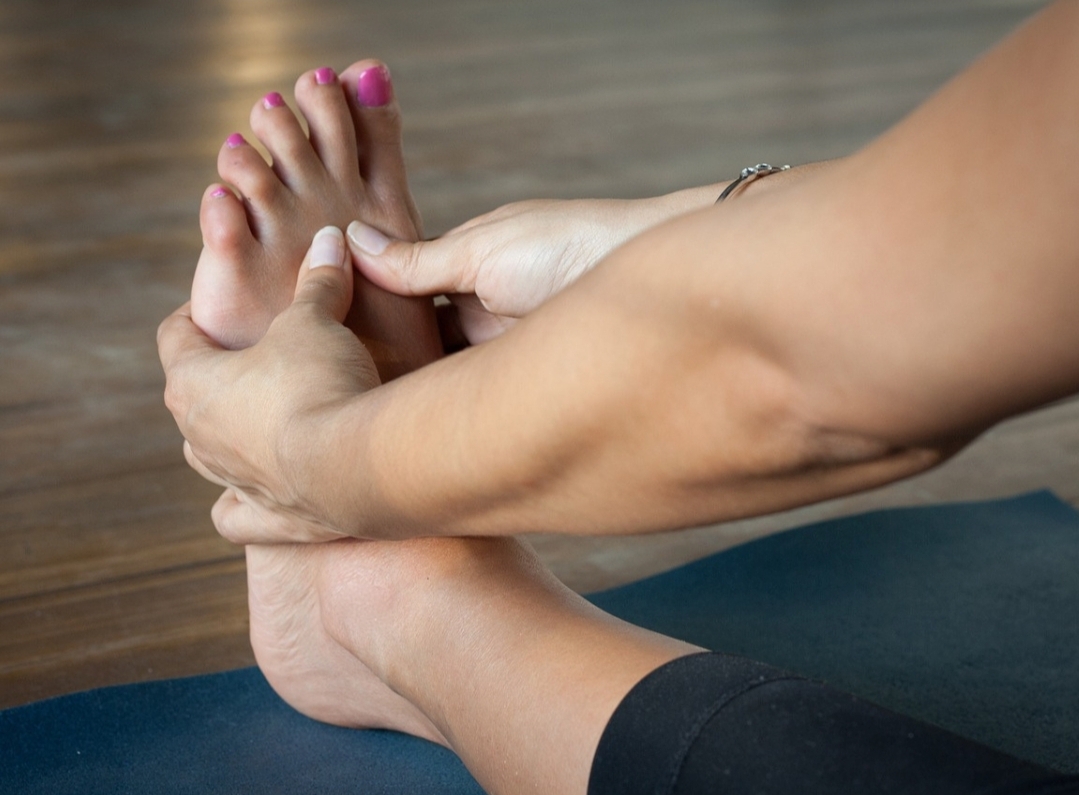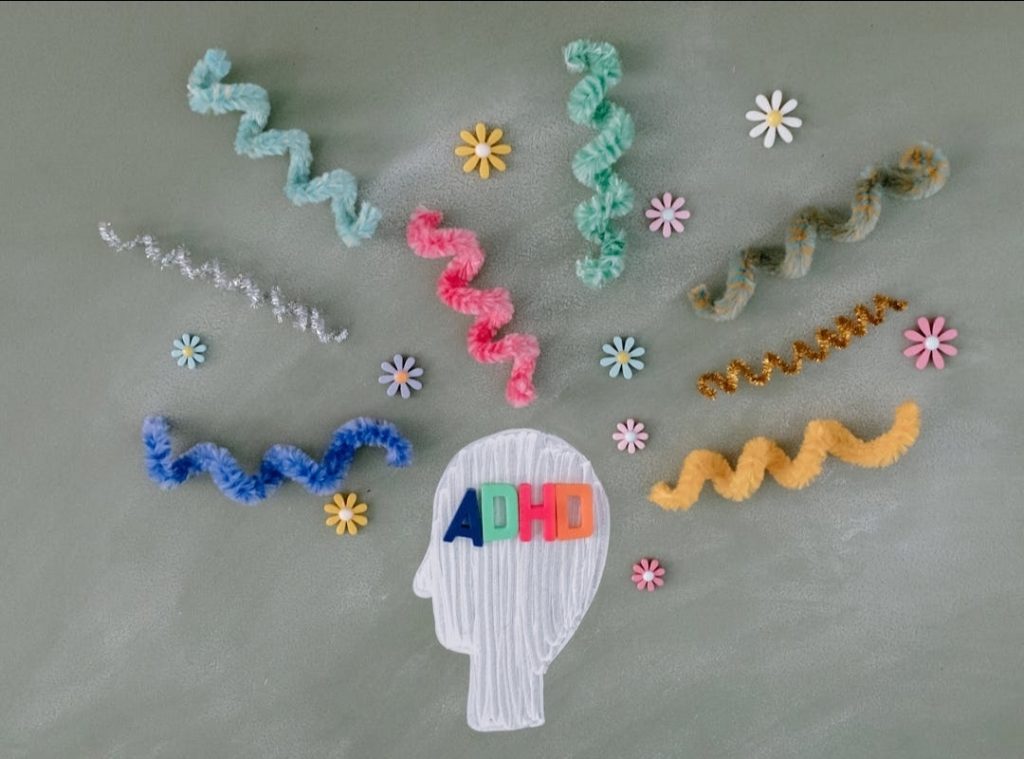Once upon a time, there lived a 90-year-old woman. Every morning, she groaned in pain – “Ooo, aah and ouch!” She imagined what her body would be like with no joints and bones. It would be like a jellyfish or just a pile of skin and flesh. Similar to the way we discard clothes after a party— shapeless on the floor. Can you imagine?? Tissue, muscles and skin with no structure or shape.
The visualization was strange, almost creepy and spooky. She thought that she should have taken care of her joints and bones from earlier on. This gave rise to her interest in learning more about joint and bone health, leading her to research key insights that every woman should know. Let us dive into what she discovered about maintaining strong bones and flexible joints at every stage of life.
Introduction
Joint and bone health are critical at every stage of a woman’s life, from childhood through adulthood and into older age. Understanding these changes, along with key lifestyle and nutrition information can help women protect their bones and joints throughout their lives.
Here’s a closer look at what you need to know and the steps to maintain your joint and bone health.
Lifestyle recommendations for all age groups:
- Quit smoking and avoid secondhand smoke
- Limit alcohol consumption
- Maintain a healthy weight
- Stay hydrated
- Take multivitamins if diet is insufficient
- Limit caffeine intake
- Use joint protection techniques in daily activities
Essential nutrients to enhance your bone health:
- Magnesium: Important for bone crystal formation and overall bone health
- Vitamin K: Necessary for bone formation and mineralization
- Vitamin C: Essential for collagen synthesis and overall bone health
- Protein: Critical for bone matrix formation and maintenance
- Zinc: Helps in bone formation and prevents excessive bone breakdown
- Phosphorus: A major component of bone mineral
- Potassium: May help reduce calcium loss from bones
- Boron: Supports bone metabolism and helps the body retain calcium
- Copper: Important for collagen formation in bones
- Silicon: Contributes to bone and connective tissue health
- Manganese: Involved in the formation of bone cartilage and bone collagen
These nutrients work synergistically, and a balanced diet rich in a variety of foods is the best approach to ensure adequate intake of all essential nutrients for bone health. Supplements should be considered only under the guidance of a healthcare professional, especially for individuals with specific deficiencies or increased needs.
Changes in bone mass occur over a woman’s life, from age 10 to 90, in these four phases:
1. Active Growth (10-30 years): Bone mass increases significantly.
2. Slow Loss (30-50 years): A gradual decrease in bone mass.
3. Menopause (around 50 years): A rapid loss of bone mass.
4. Continuing Loss (60-90 years): Bone mass decreases slowly again.
This highlights the critical periods for bone health, especially around menopause, showing why preventive care is so crucial. Understanding these changes will help in adopting the strategies in order to maintain bone health throughout life.
Remember to consult your healthcare provider for personalized bone health, dietary, and lifestyle strategies.
Wellen Chat
In August 2023, forbes.com published an article Artificial Intelligence in Women’s Health: The Pros, The Cons, And The Guardrails Needed which stated, “Osteopenia is the initial stage of bone loss and leads to osteoporosis, which affects about 10 million Americans over 50, 80% of which are women. Women can lose up to 20% of their bone density in the five to seven years following menopause — and every 10% drop in bone density increases their risk of fracture by two to three times. In fact, half of women over 50 years old will suffer from an osteoporotic fracture.” The Wellen exercise programs also launched an experimental Wellen Chat: a chat-box that answers users’ questions about bone health. Women (and men) can type their question – such as “What exercises can I do to prevent osteoporosis?” and get customized exercises, nutrition advice and so on. Kindly try it out.
Conclusion
Bone and joint health is a lifelong concern for women, influenced by hormonal changes, activity levels, and nutrition. Key nutrients like calcium, vitamin D, and protein are critical throughout life, while weight-bearing exercises play an important role in building and maintaining bone strength and joint mobility. As women age, focusing on anti-inflammatory foods, supplements, and regular physical activity becomes even more important to prevent osteoporosis, arthritis, and joint stiffness.
The 90-year-old woman started to share her research with her friends, daughters, granddaughters and then published it. So, all women will benefit from the research. Ah, aha!! All of a sudden there was a loud sound as if something were falling down; the old woman rolled on her bed and fell down. When she woke up, she was a 25-year-old woman. It was all in her dreams. She was touching and feeling her joints, bones and facial bones. She even looked at herself in the mirror. She was grateful for the lessons she learned from the dream and started to research more about women’s joints and bone health to learn, take action and share with other women. And she made her dream come true caring for herself!
I hope everyone can take care of their joint and bone health as part of your own self-care to live a stronger and healthier life.
Start today doing weight training, following nutrition guidelines and consulting a healthcare provider for personalized advice. Live well, laugh often and love a lot!!
Her Nexx Chapter invites you to join our free Community where women from around the world are connecting with each other’s stories, exploring different experiences, and transforming ideas.
The Future of Connection for Women








0 Comments